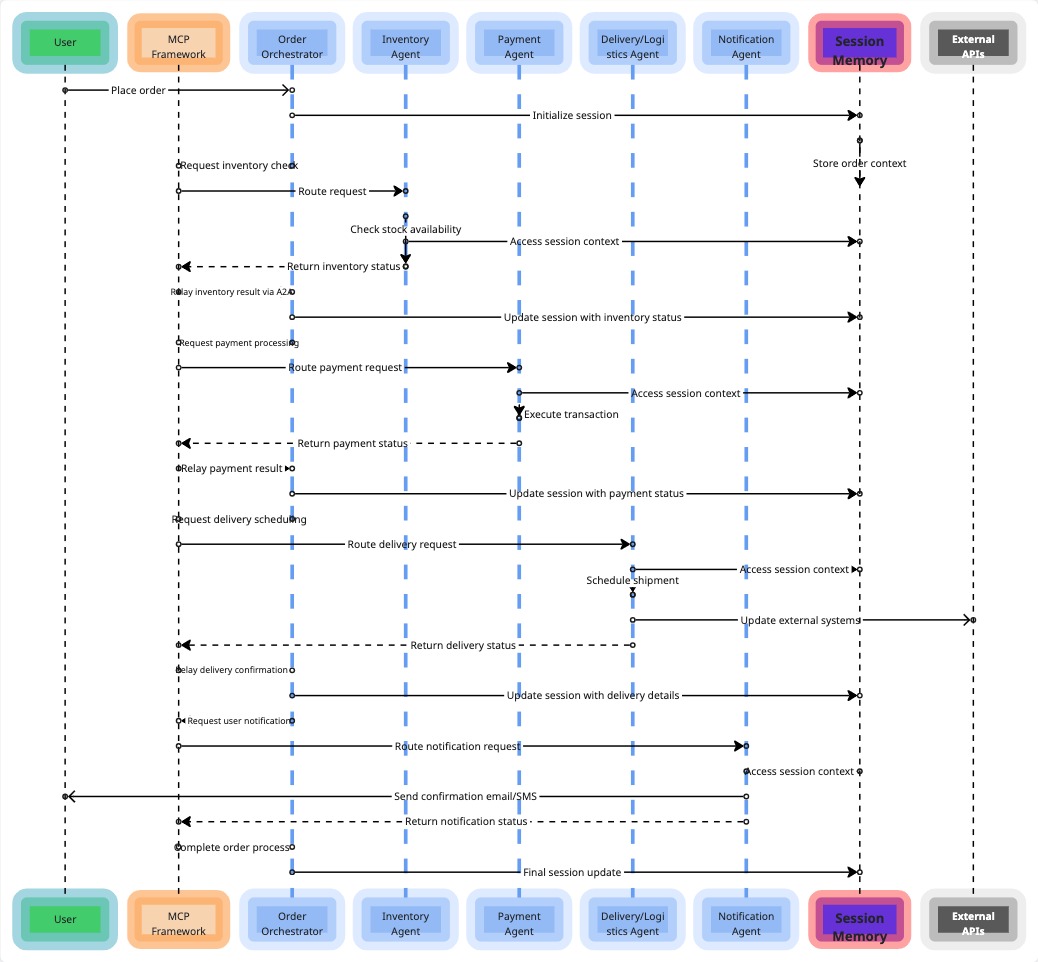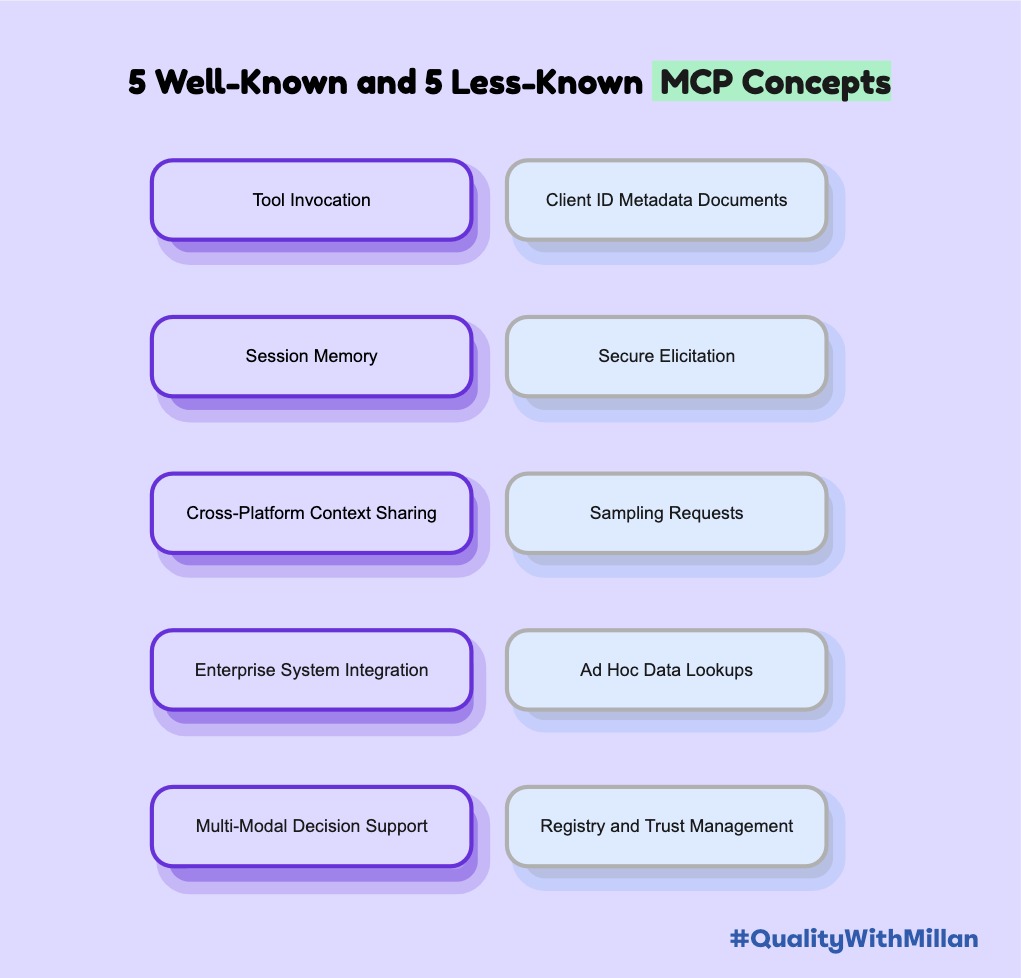Importance of Test Data - with code example
Written by - Millan Kaul
Information used to verify the functionality and performance of a software application.
 There are vaiours way and definition to explain Test Data, I picked up the above definition for this blog.
There are vaiours way and definition to explain Test Data, I picked up the above definition for this blog.
Image credits: www.epictop10.com
Example: An e-commerce website testing may require test data such as product listings, user accounts, orders, and payment details to ensure all shopping, checkout, and payment processes.
Why Test Data management is important
- Consistency and reliability:
Ensures tests are repeatable under the same conditions.
- Example: (e.g) Running regression tests after each deployment to an e-commerce site to ensure no new bugs are introduced.
- Comprehensive testing:
Identifies hidden bugs with varied test data, including edge cases.
- e.g: Testing a banking application with various transaction types, amounts, and currencies to cover all possible scenarios.
- Efficiency:
Reduces setup time for tests, leading to faster development cycles.
- e.g: Automating nightly test runs for a social media platform to quickly identify and fix issues.
- Compliance and security:
Maintains data protection and prevents sensitive data exposure.
- e.g: Masking user personal information while testing a healthcare application to comply with data privacy laws.
4 Top tricks for effective Test Data management
| # | Trick | Explanation | Example |
|---|---|---|---|
| 1 | Data masking | Protects sensitive information while using realistic data. | Masking credit card numbers in a payment processing |
| 2 | Synthetic data | Generates fake but realistic data. | Creating synthetic user profiles for a customer relationship management (CRM) system. |
| 3 | Version control | Tracks changes in test data over time. | Using Git to manage test datasets for a financial reporting application. |
| 4 | Automated data generation | Uses tools to generate data dynamically. | Creating user login data for a content management system (CMS) load testing. |
Real-Life example: Payment transactions
Let me give you a practical example by generating sample test data for payment transactions using TypeScript:
//npm i @faker-js/faker
import { faker } from '@faker-js/faker';
interface Transaction {
id: string;
amount: number;
currency: string;
date: Date;
status: string;
customerId: string;
}
const generateTransaction = (): Transaction => {
return {
id: faker.datatype.uuid(),
amount: parseFloat(faker.finance.amount(10, 1000, 2)),
currency: faker.finance.currencyCode(),
date: faker.date.recent(),
status: faker.helpers.arrayElement(['completed', 'pending', 'failed']),
customerId: faker.datatype.uuid(),
};
};
// Generate a list of transactions
const generateTransactions = (num: number): Transaction[] => {
return Array.from({ length: num }, generateTransaction);
};
console.log(generateTransactions(10));
Which would generate transactions like :
// sample json response
[
{
"id": "a6a65d7b-23c8-4c6c-94a1-7b0a0b2d7f0e",
"amount": 378.45,
"currency": "USD",
"date": "2024-09-14T14:33:54.927Z",
"status": "completed",
"customerId": "d6e95d6c-0731-45b8-9b7e-29b062c3f5ed"
},
{
"id": "b4c5c8e4-5158-45b9-9db8-32e6a9d8a3de",
"amount": 529.78,
"currency": "EUR",
"date": "2024-09-14T18:22:37.432Z",
"status": "pending",
"customerId": "f5a4b7c9-d8e5-45ea-a4a8-1dfe31b1a2cf"
},
{
"id": "c8f1d8e3-9b7c-49e8-9f5c-8e6a9d8a3d4e",
Remember
Automating test data generation can enhance not only efficiency but also accuracy. Essentially leading to better test coverage for complex test data dependent scenario for the applications under test.
Want to learn more❓
Follow Quality With Millan or Share it on LinkedIn




